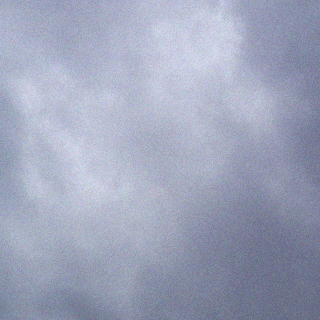Would you define what hard work means?
Yeah, about that . . . let me write it this way. Any work that causes us to exert a well above normal level of effort, be it mental, physical, or both.
In product development, work IS HARD. At times, planning the work is the easy part, getting work done seems to be where effort grinds to a halt.
Once the details have been figured out, barring unrecognized risks that become issues, shipping working product (or product increments) seems to take longer than planned or expected.
A way to counter this perception is by keeping the planning visible to stakeholders, the teams, and clients who are trusted advisors. Transparency around the work help improve teamwork and may lead to early risk identification.
Being able to “walk the wall” is powerful as it shows the product’s journey from idea to solution.

Would you consider Peter Drucker’s quote below going into next week?
What “hacks” do you use to be more productive?
Maybe “hacks” isn’t the right word. Probably shortcuts? Nah, that’s not any better.
Anyhow . . .
I enjoy using flash cards that have “distilled knowledge” to help get work done.
Let’s face it, there is more useful knowledge than what any of us could ever learn in one lifetime.
How can we tap into the vast fortune that is our collective human experience?
Through tools, like the Creative Block. Laurie Shiers, PCC, designed the Creative Block to solve a problem she was facing. Now, she’s offering it to anyone as a way to help them solve their problems.
In product development, there are times when we get to create a product we will use. We have an opportunity to fully express our talent in the service of people like us.
At other times, we build solutions that we will not use. Those are equally important as the ones we do use.
A struggle that comes with that is how we get from problem to solution. Flash cards are one way. They can help bridge a creative gap in our thinking.
Another way is through the use of AI tools like Microsoft’s Copilot, Anthropic’s Claude, or OpenAI’s ChatGPT.
Back to the original question. What labor compression tools are you using to be more productive?

I struggle with getting wrapped up in “what if.”
It has gotten better over time, but there are days when I just cannot get out of my own way to decide.
Does that happen to you?
“If you’re not making mistakes, then you’re not making decisions.” – Catherine Cook
It is the struggle that comes with the potential to be embarrassed. There is shame involved as well.
In hashtag#productdevelopment we discuss “safe to fail experiments”. What does that really mean?
When economics are working well, it means we can take risks and make mistake while not fearing for our livelihoods.
When money gets tight, budgets and staff shrink, the way to make mistakes and learn must change. Decisions are still waiting to be made.
Changing our approach to experimentation is a way to mitigate risks, make decisions, learn from the mistakes, and continue to evolve the product.
❓ Do we need a wireframe when a pen and paper drawing might work to get feedback?
❓ Could we spend time on building a small scale, 3-dimensional model using a portable printer rather than machining a full-scale prototype?
❓ Would sending out a survey to our most engaged clients gain insights we need before we start designing the new interface to find out what they like or dislike about the current interface?
Low fidelity, low-cost approaches to discovery are a way to make decisions and mistakes that help minimize the psychological cost of “big bets” lost by the teams involved.

1 2 3 4 5 6 7 8 9 10 11 12 13 14 15 16 17 18 19 20 21 22 23 24 25 26
